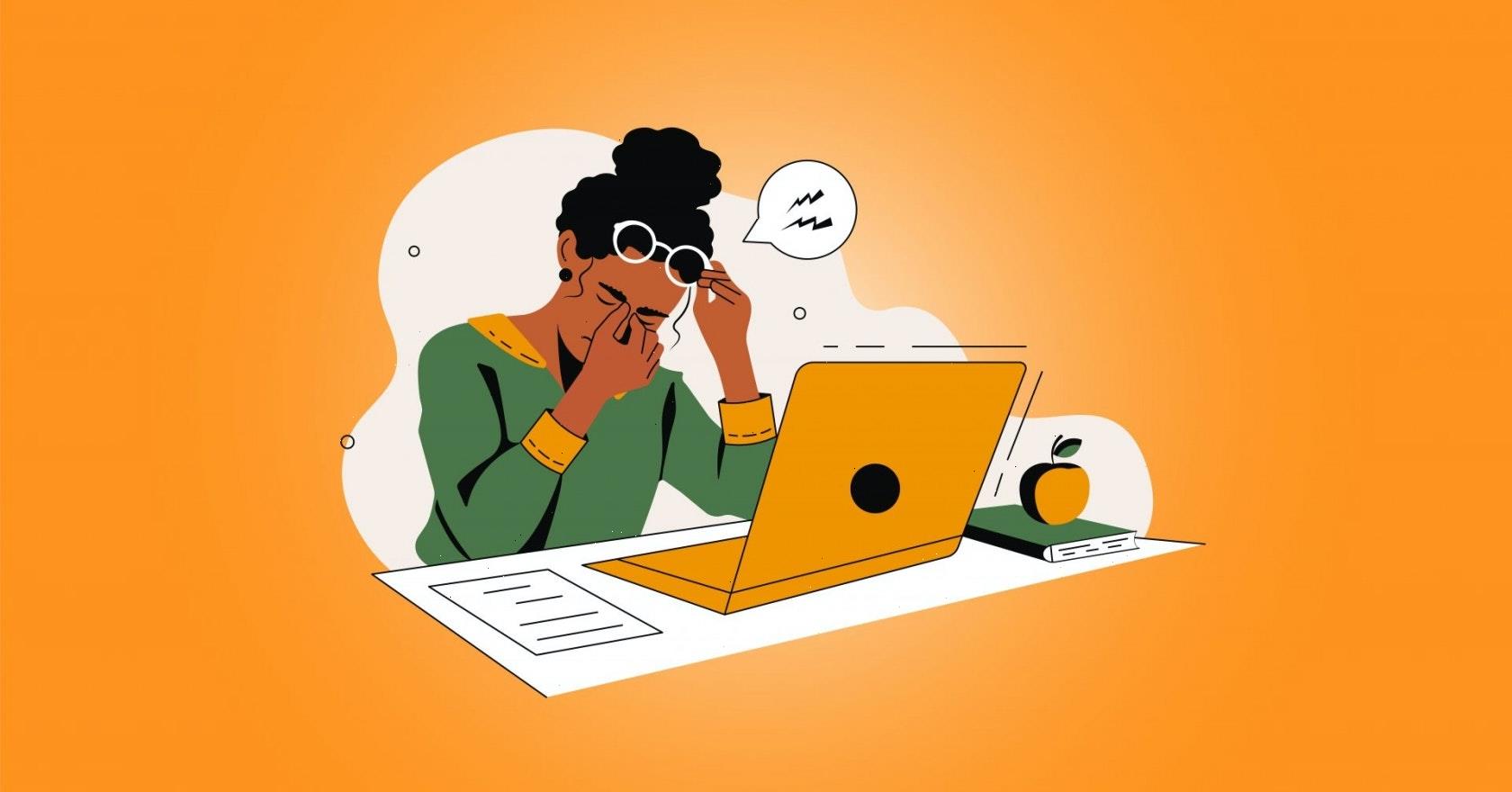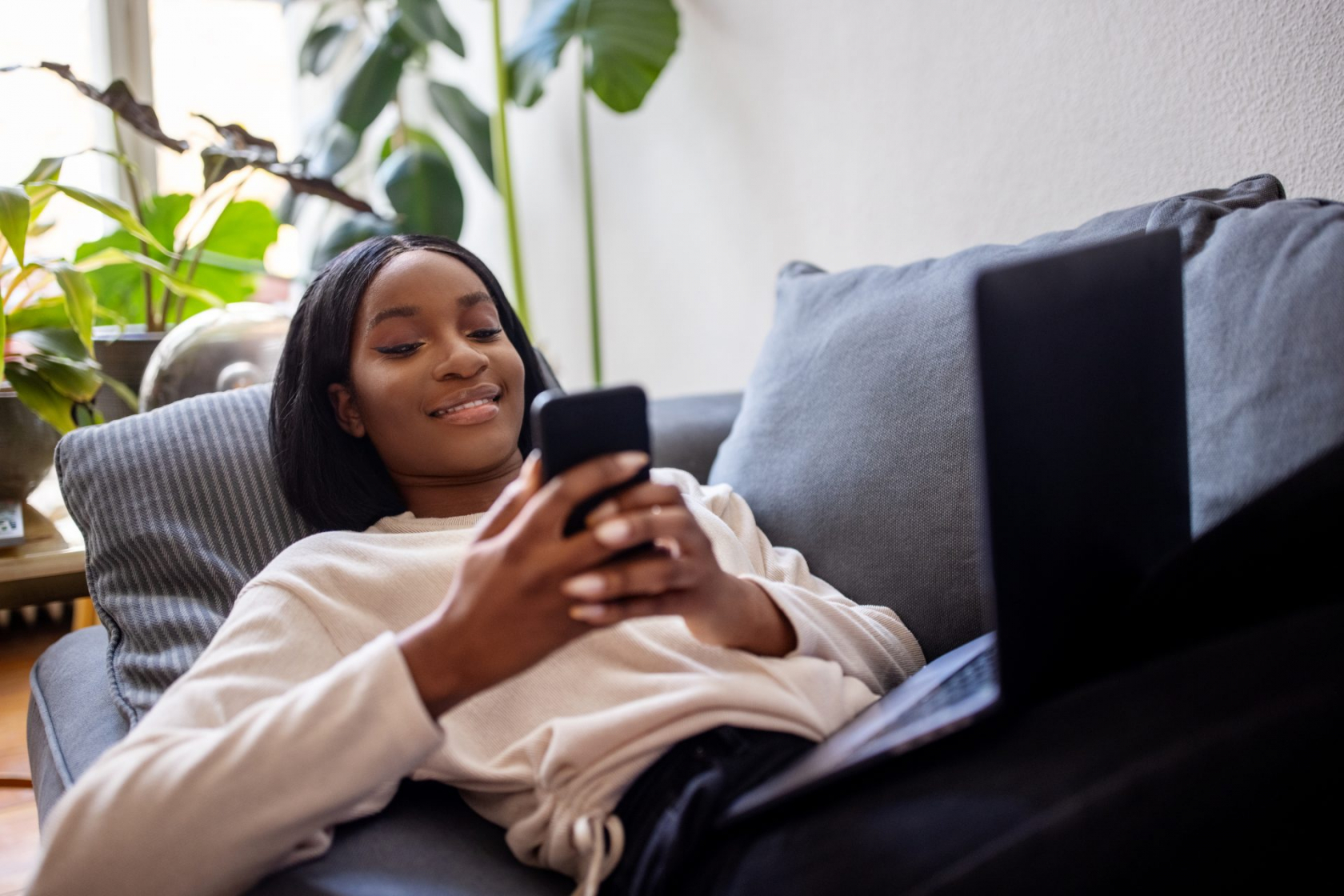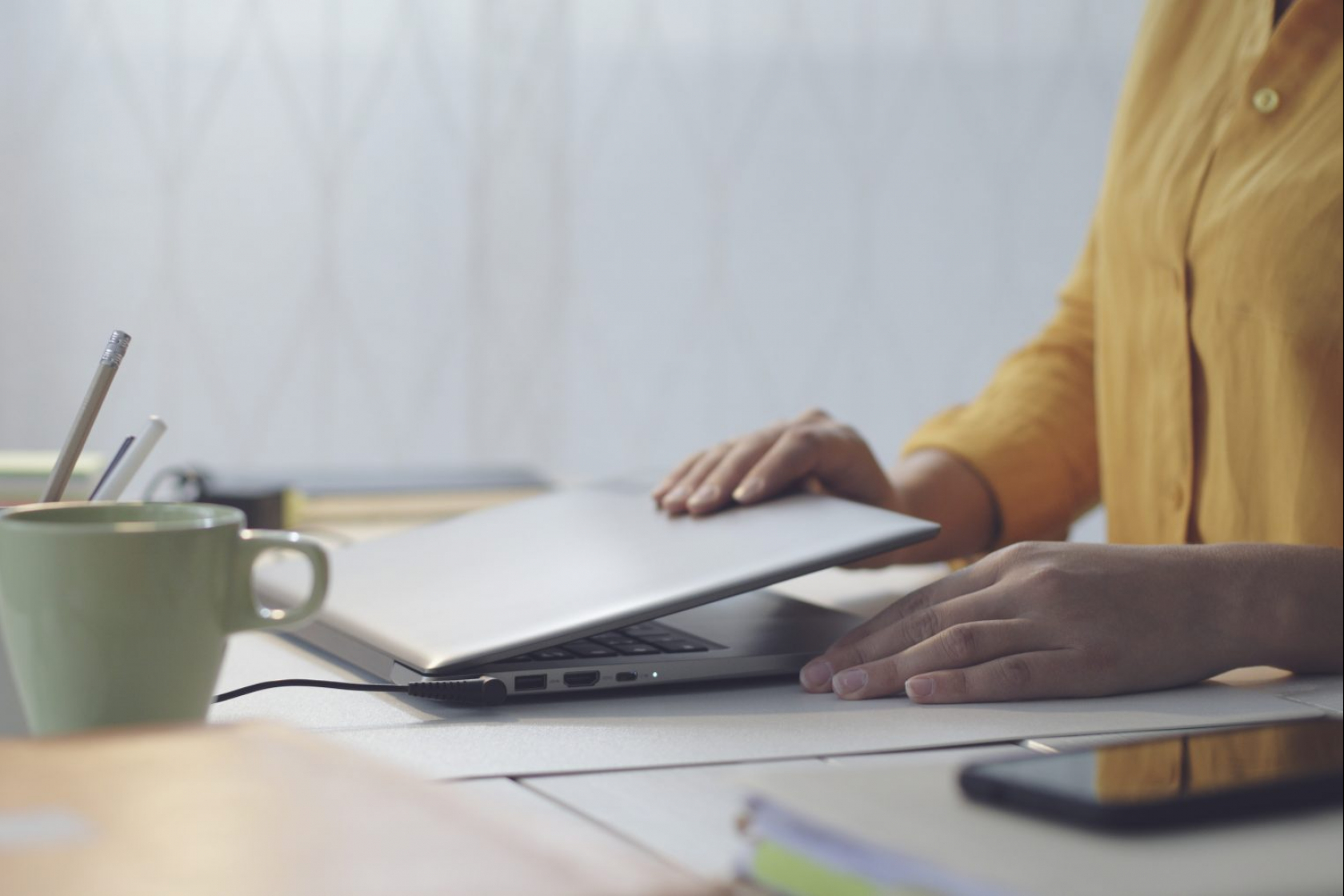Despite how frequently we rely on technology to get by, very few of us are aware of how important our digital health is for our overall wellbeing. Here, an expert talks us through the basics – and shares her top tips for building a relationship with technology which works for you.
In 2022, you’d be hard-pressed to find someone who doesn’t spend at least some of their day looking at a screen of some sort. From the laptops we work on to the phones we use to scroll social media, technology has become an essential part of our day-to-day lives.
As helpful as technology can be, however, it can also take its toll on our mental health. For many people, it’s become a source of anxiety – and with hybrid working continuing to blur the line between work and our personal lives, many of us are struggling to switch off.
But this negative impact isn’t as inevitable as you might think it is. While no one’s to blame for the way technology makes them feel, the lack of education and awareness surrounding digital health – and how to use technology in a positive way – has left a dangerous legacy.
You may also like
“My Instagram addiction put me in rehab – this is what I learned”
With problems like revenge bedtime procrastination and social media addiction on the rise, it’s about time we started talking about the importance of prioritising our digital health – and that’s where this article comes in.
To find out more about how to build a relationship with technology that works for you and your wellbeing, Stylist spoke to Gillian Binks, the marketing strategy and planning lead for Microsoft UK and leader of the brand’s fascinating productivity anxiety study, which was published earlier this year.
From exploring the positive impact technology can have on our wellbeing to the tools you can use to look after your digital health, here’s what she had to say.
Can technology ever play a positive role when it comes to our mental health? If so, how?
“Absolutely – it’s all about how we actually use the technology and how we think about the boundaries that we set for ourselves when we’re using technology. So, technology can absolutely be in favour of mental health when it’s used in the right way. For one thing, it’s a great resource to be able to connect with our friends and families and communities.
“Communication is critical for our overall health and wellbeing, and Microsoft really is keen to help everyone learn to manage their digital health and harness the benefits of technology in the best way to keep people connected.”
What is ‘good’ digital health? And how should you approach it?
“I think first of all, it’s important to remember that digital health is not a digital detox. This isn’t about removing technology completely from our everyday lives – it’s not like one of those fad diets where you remove something completely, because that might make you feel great to start off with, but over time, you might then feel removed and cut off.
“Instead for us, it’s about being able to create habits that are longer-lasting, that are manageable and that make you feel that you’re connected, so you’re not overwhelmed by everyday life.
You may also like
Social media: this viral tweet speaks volumes about the pressure to be constantly available online
“We like to think about it in terms of digital nutrition – too much of something isn’t good, but having manageable, bite-sized pieces of something is brilliant.
“When you are in control, you can feel far more fulfilled by it instead of feeling depleted by it, so to speak. And one of the most important things you can do to achieve that is set healthy digital boundaries.”
What are your top tips for setting healthy digital boundaries?
“Lots of people know that there are features within technology that can actually help them to improve their digital and mental health, but they just don’t know where to look, so the first step is finding these.
“There are a number of great little tools that we have within, say, for example, Windows 11. One of the ones which I really like is something called focus assist, which allows you focus time when certain notifications are switched off. That means while you are working or resting, you can do it undisturbed, and you can set time aside to do some meaningful work, rest or connection with somebody.
“Another thing you can do is make sure you’re separating your work and personal lives – for example, on Windows 11 you can set up two different desktops so you have one for work and one for your personal life – and giving yourself time to breathe.
“You can do this by using your calendar to schedule in gaps throughout the day – for example, instead of doing something for 30 minutes, do it for 25, and give yourself a chance to step away from your desk and put the kettle on.”
This interview has been edited for length and clarity.
Images: Getty
Source: Read Full Article


